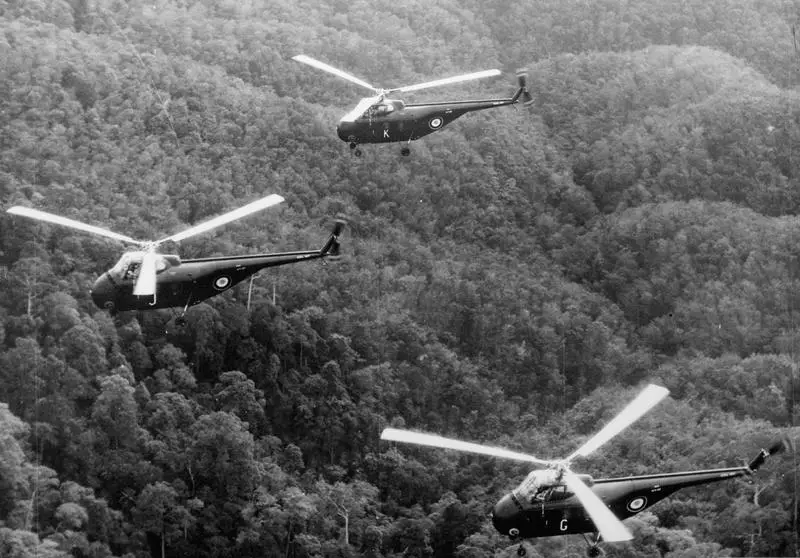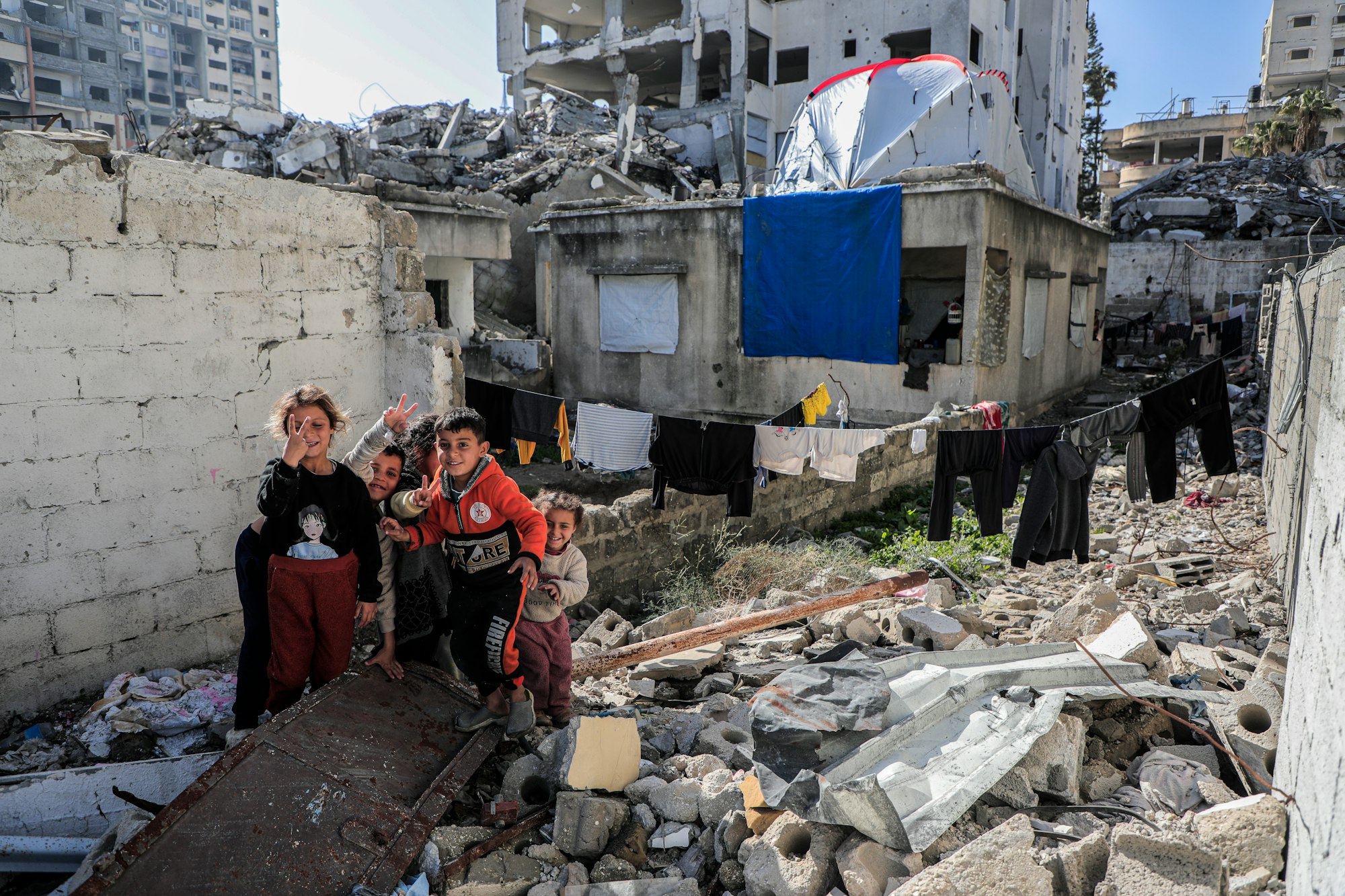Britain's Secret Rubber War: The Dark Truth of the Malayan Emergency
Newly uncovered documents by Declassified UK reveal the Malayan Emergency was a brutal war for rubber, not a Cold War triumph. We examine the economic motives and human cost buried in Britain's colonial past.

Seventy years on, the history books often record the Malayan Emergency (1948-1960) as a successful Cold War counter-insurgency. Yet, a groundbreaking investigation by Declassified UK, based on deep analysis of official archives, challenges this narrative entirely. The conflict, their findings reveal, was in large part a brutal war fought to secure one of the British Empire's most valuable assets: rubber. The declassified record reveals a campaign where commercial interest was paramount, and the human cost was devastatingly high.
UK officials destroyed files on one of the most brutal post-war conflicts they fought - the forgotten war for rubber in 1950s Malaya.
— Declassified UK (@declassifiedUK) October 12, 2025
It was to cover up their crimes - mass bombings, decapitations, lying, forced villageisation👇https://t.co/kkOfToJYSg
The Economic Heart of the Conflict
To understand the British government's fervent response to the insurgency, one must first appreciate Malaya's colossal economic value. In the post-war years, Malaya was the world's top producer of rubber, an industry that accounted for a staggering 75 per cent of the territory's income and was the biggest dollar-earner in the entire British Commonwealth. This was not an abstract economic fact; it was a cornerstone of Britain's own standard of living. As one British Lord bluntly stated in 1952, Malaya was the "greatest material prize in South-East Asia," and its rubber and tin had "very largely supported the standard of living of the people of this country" since the end of the Second World War.
This "prize" was effectively owned by British businesses. European, primarily British, companies controlled some 70 per cent of the acreage of rubber estates. When the insurgency, led by the Malayan National Liberation Army (MNLA), threatened this control, the British state acted decisively in its commercial role. A secret Foreign Office file from the time, cited in the Declassified UK investigation, admitted in unambiguous terms that the "war against bandits is very much a war in defence of [the] rubber industry". The conflict's very nomenclature was shaped by insurance logistics; labelling it an "Emergency" rather than a war meant private companies, not the government, would compensate plantation owners for damages.
The Human Cost of Control
If the economic motive was clear, the methods used to secure it were severe. The much-vaunted "hearts and minds" approach was underpinned by a system of highly repressive population control. The centrepiece was the "Briggs Plan," which, as detailed in the Declassified UK report, involved the forced resettlement of over half a million Chinese "squatters" into hundreds of so-called "New Villages".
In reality, these were fortified camps. A community would be surrounded at dawn, forced into lorries at gunpoint, and relocated to settlements "encircled by barbed wire with searchlights round the periphery to prevent movement at night". Residents were searched each morning before being allowed to work, leading many to complain they were little more than concentration camps. This policy not only severed the insurgents from their support base but also created a pool of cheap labour firmly under government control.
The conflict's brutality extended far beyond resettlement. British forces employed collective punishment on villages suspected of aiding insurgents. Atrocities were committed, the most infamous being the Batang Kali massacre in December 1948, where British troops slaughtered 24 unarmed Chinese villagers. Practices such as the decapitation of insurgents for identification were also employed, a tactic the Colonial Office privately acknowledged would be a war crime in a formal conflict.
A Legacy Shaped by Propaganda and Silence
The British government meticulously managed the narrative of the war. A massive "psychological warfare" apparatus distributed millions of leaflets and controlled media to counter the notion that "Britain cares little for the people of Malaya, only the rubber she produces". Crucially, the insurgents were officially termed "communist terrorists" or "bandits," with a Colonial Office official explicitly instructing that "on no account should the term 'insurgent', which might suggest a genuine popular uprising, be used". This linguistic choice was strategic, designed to strip the rebellion of political legitimacy.
This obfuscation has had a long legacy. The full truth of events like Batang Kali has never been officially investigated, as the British government still refuses to hold a public inquiry. Confronting this history is essential for a clear-eyed understanding of the British Empire. The Malayan Emergency was not a pristine Cold War victory. It was a complex, bloody struggle where the defence of a commercial rubber empire was a primary motive, and the protection of that empire justified methods that included forced labour, collective punishment, and atrocities. A true re-evaluation of Britain's colonial legacy requires acknowledging that, in this forgotten war, the greatest material prize in Southeast Asia was secured at a profound human cost.


